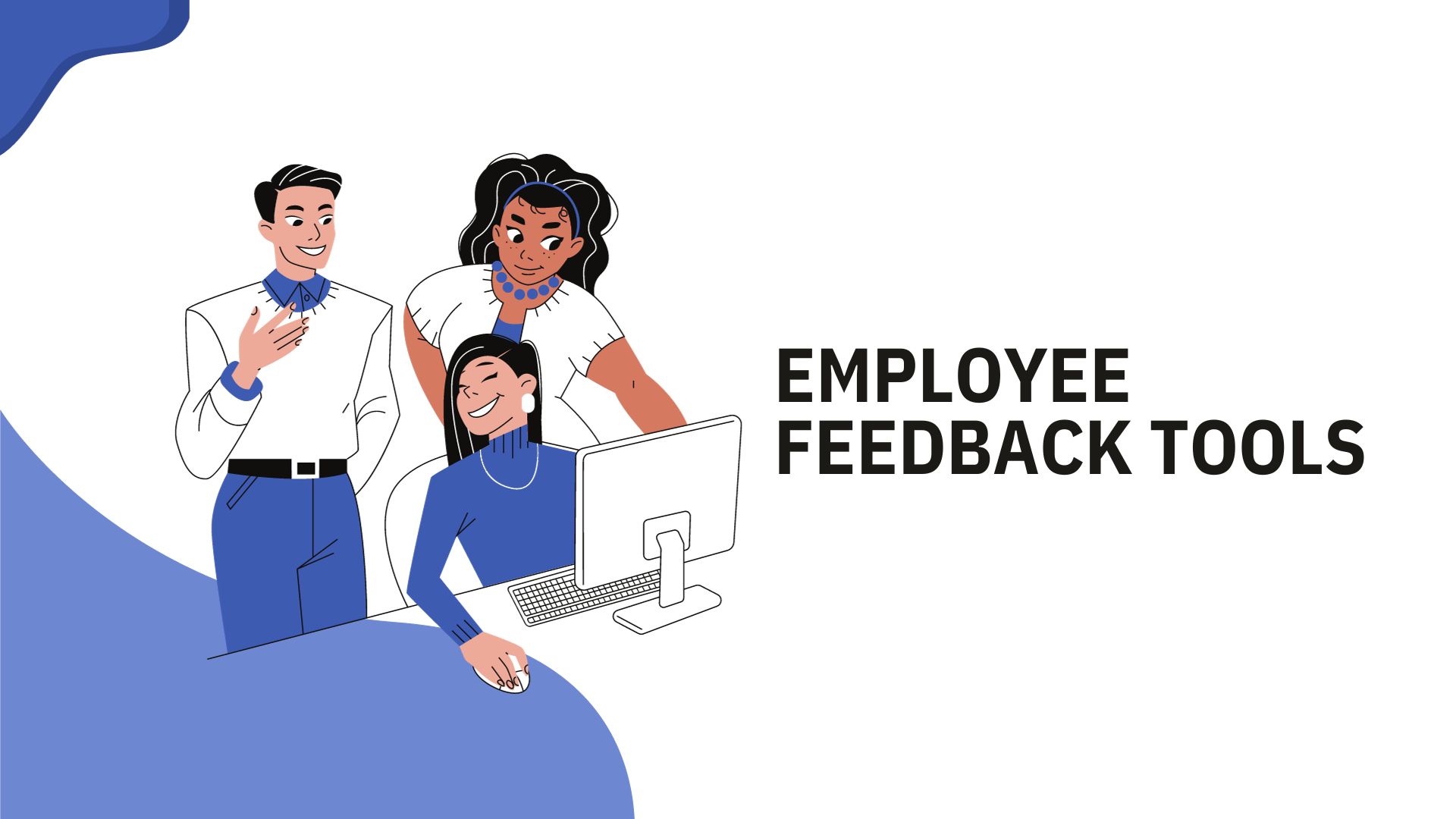Zynga’s Cloud Journey: Delivering Apps in the Hybrid Cloud
LAS VEGAS – Zynga CTO Allan Leinwand is not the typical kind of technology executive to keynote the Interop networking conference. Instead of representing a networking vendor, Leinwand works for an application vendor that makes wildy successful online games like FarmVille.
But with some 292 million monthly active players playing Zynga‘s games, there's no question the company needs a high-performance application delivery infrastructure capable of handling and delivering some very big data.
Leinwand noted that with his company's “gifting” application alone, Zynga players exchanged 36 billion gifts, producing 24.5 trillion rows of data and 1.4 petabytes of data in its database. “That's the equivalent of every movie in Netflix in HD, times 10,” Leinwand said.
Landing on the Right Cloud
Zynga meets this demand with a hybrid cloud deployment it built out after first trying a public cloud approach. When FarmVille grew to 10 million active users in six weeks after first being offered online in 2009, public cloud became a “critical” part of Zynga's application delivery strategy, Leinwand said, allowing the company to scale up rapidly.
Then in June of 2011, Leinwand said he realized Zynga was renting what it could own. “We wanted to own the base and rent the spike,” he said.
So Zynga built its own internal cloud called zCloud. At the beginning of 2011, 20 percent of Zynga players were on zCloud and 80 percent were playing in the public cloud. By tthe end of 2011, “the number flipped with 80 percent playing on zCloud,” Leinwand said.
Zynga was able to get better utilization out of its zCloud than the public cloud could offer, Leinwand said. For every three servers in the public cloud, Zynga needed only one server in zCloud.
“Truth is it's the same silicon that's in every other server out there and there is no silver bullet. It was a lot of engineering effort to have zCloud as a cloud tuned for social games,” Leinwand said.
Hybrid Cloud Tips
Leinwand offered a few suggestions on building out infrastructure. A primary suggestion is to match workloads to the infrastructure. “Be flexible and use both public for generic workload and private for stuff that is tuned for your business,” he said. “Understand how to leverage both together.”
He also emphasized the importance of understanding how an app stresses infrastructure. “It's not OK to just look at network traffic and see that traffic increased by two times,” Leinwand said. “Dig in and figure out what's going on.”
In Leinwand's view, any application can potentially leverage the hybrid cloud model. “Cloud computing, we think should be instrumental to you infrastructure plans. When you build the right hybrid cloud it will be the backbone for your business,” he said.
Sean Michael Kerner is a senior editor at InternetNews.com, the news service of the IT Business Edge Network, the network for technology professionals Follow him on Twitter @TechJournalist.

Sean Michael is a writer who focuses on innovation and how science and technology intersect with industry, technology Wordpress, VMware Salesforce, And Application tech. TechCrunch Europas shortlisted her for the best tech journalist award. She enjoys finding stories that open people's eyes. She graduated from the University of California.


